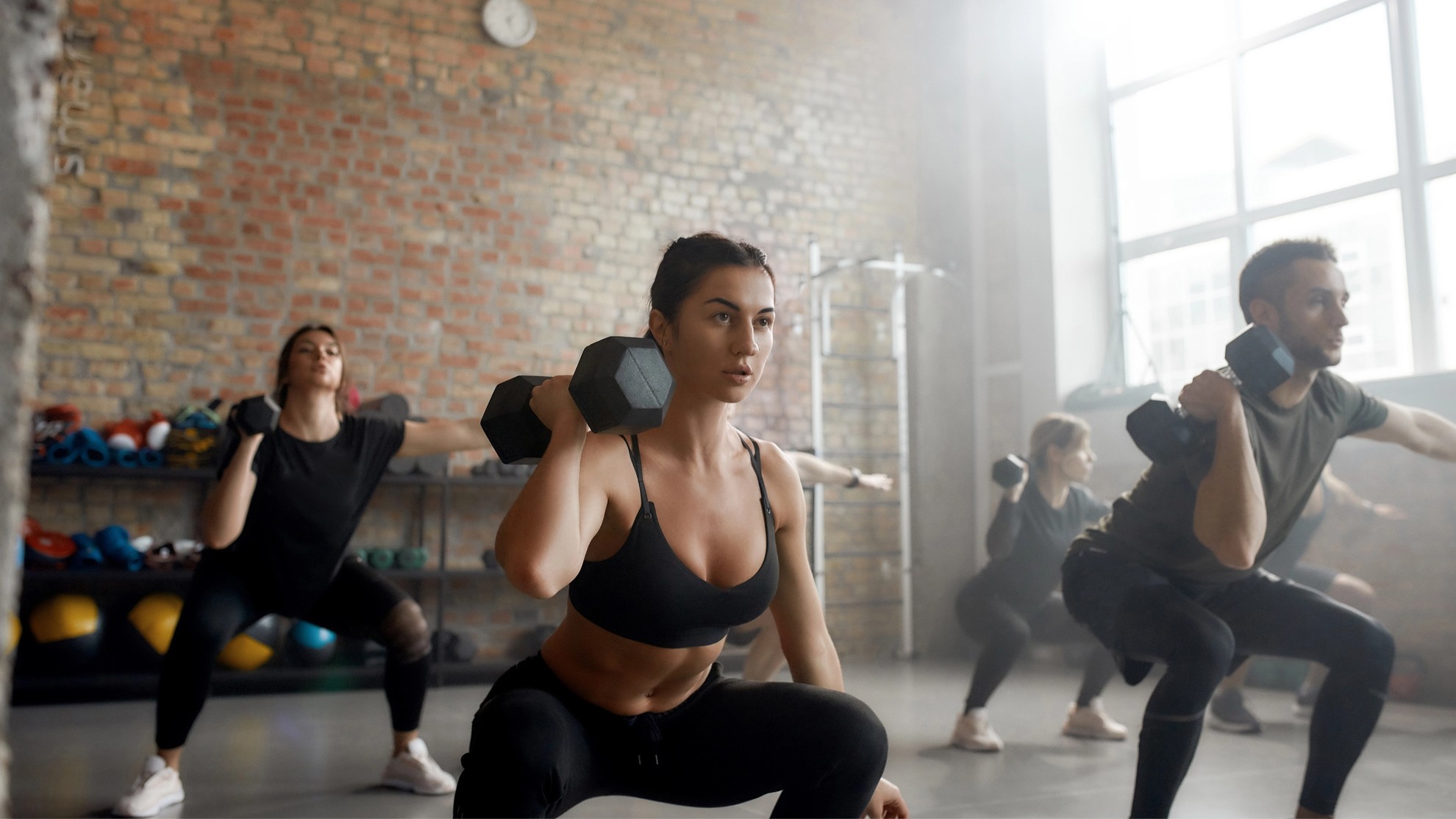by Cary Mendes, DPT, OCS
For a long time, GIRD (glenohumeral internal rotation deficit) was thought of as a negative for the throwing athlete. After all, a loss of range of motion doesn’t sound great. However recently, we have to come to a different understanding. Throwing athletes actually need more external rotation in order to get their shoulder into the correct position right before arm acceleration to maximize velocity.


This change in internal rotation (IR) is often necessary and protective for the throwing athlete. In fact, we will see bony adaptations in throwers and increased humeral retrotorsion in order to promote this increase in external rotation and decrease in internal rotation.
So when do we need to be concerned about it? It depends. (The quintessential PT answer!) We want to look at a total arc range of motion (ROM). The total arc on each side should be within 5 degrees of each other and around 180 degrees overall. When there’s a decrease in internal rotation and an overall decrease in total arc ROM, it should be addressed.

A couple days after a long throwing session, a bullpen session or a pitching outing, a pitcher may experience a temporary, but significant further decrease in IR range of motion. The joint mobility has not changed from throwing and therefore, we must address any soft tissue restrictions causing these temporary changes. The rotator cuff will be the culprit here. If you don’t have a PT at home or a hypervolt to decrease the soft tissue restrictions, you must address them with self soft tissue mobilization or stretches.
Lacrosse Ball Rolling
We’ll start off with using a lacrosse ball to roll out the rotator cuff. Start by placing the ball on the back of the shoulder right below the scapular spine (the bony ridge on the shoulder blade) and apply pressure towards the wall. A more aggressive version would be to perform this on the floor.
Crossbody Adduction Posterior Mobilization Stretch
Next we’ll go over a crossbody stretch. I’m sure we’ve all done this before, but most of the time, people aren’t blocking the scapula, which allows it to abduct and come around the rib cage with the shoulder and thereby minimizing the stretch. Here, we are going to block the shoulder blade against a wall and mobilize across the body to maximize the stretch.
If you have any additional questions on range of motion and mobility for the throwing athlete, please reach out for an appointment with a physical therapist!




